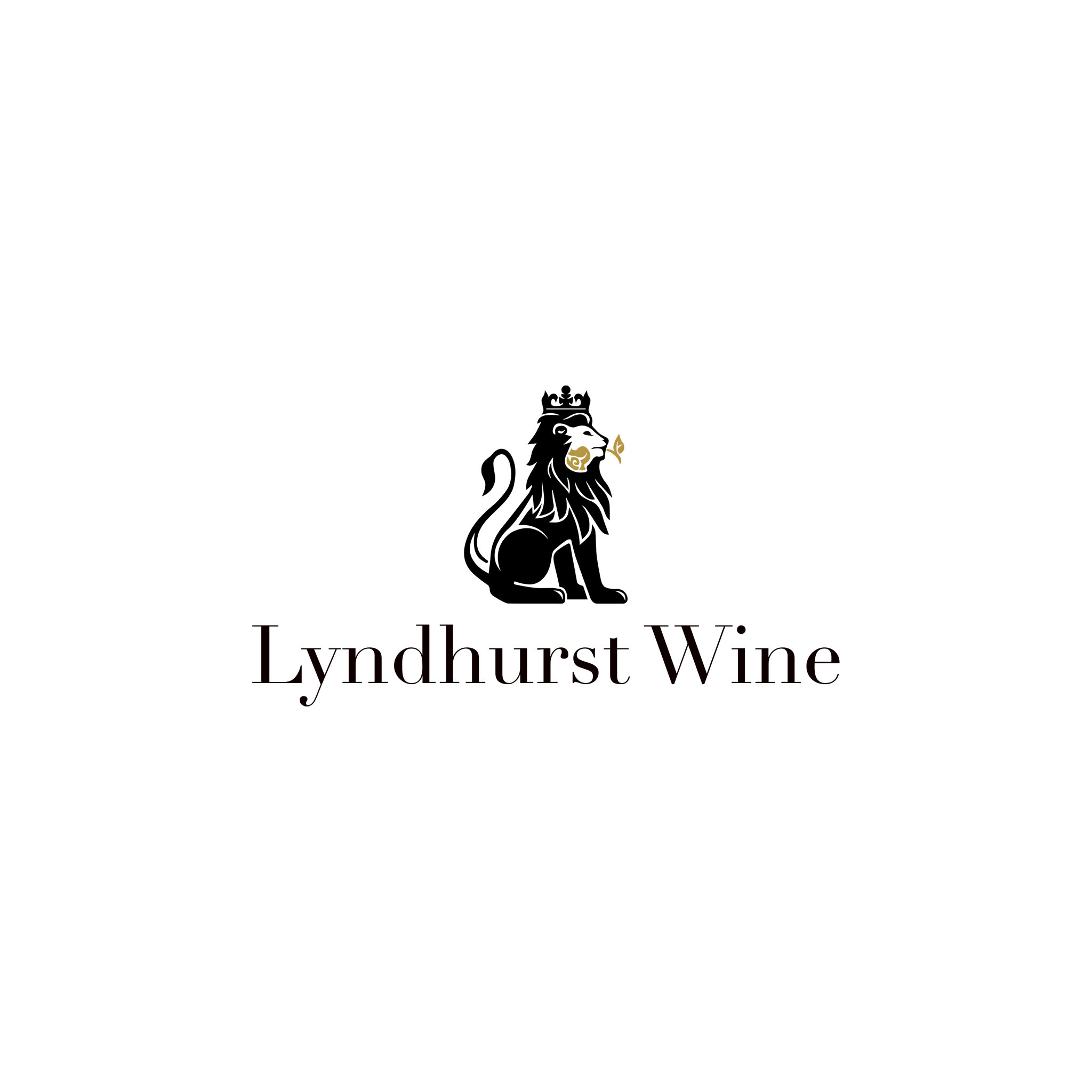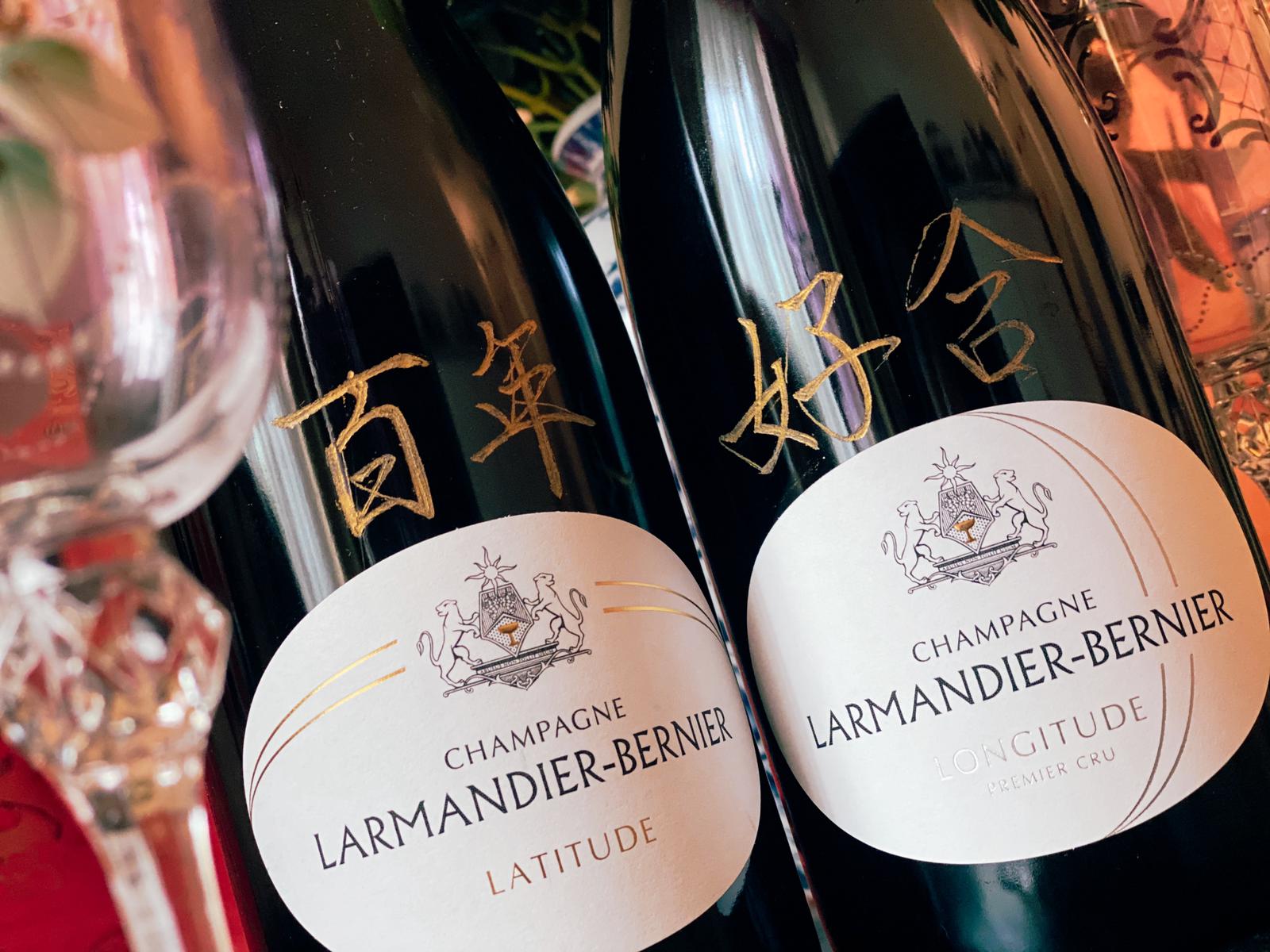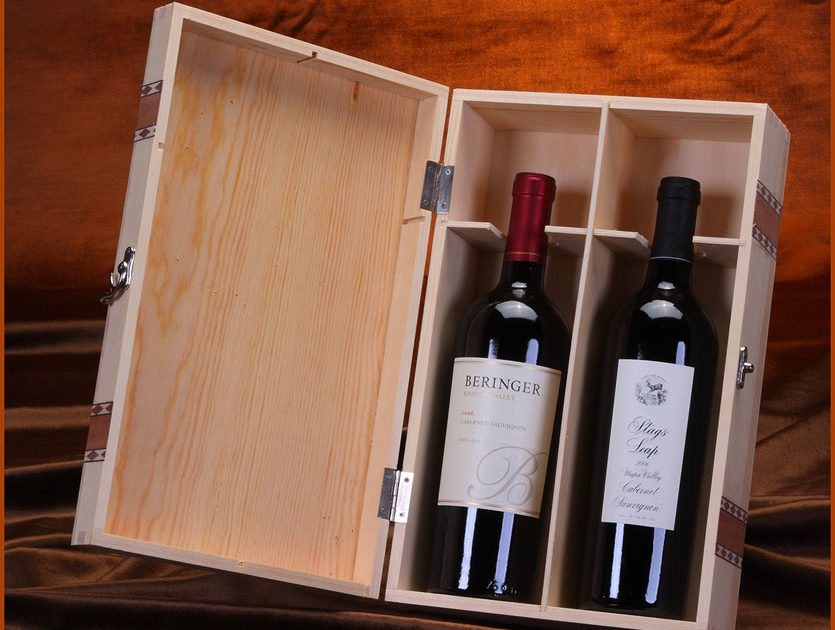There is a wealth of knowledge in food-wine pairing. Let’s get started with some of the basic principles and fundamental ideas.
Taste Components
There are three fundamental taste components in wines: bitterness, acidity and sweetness. Different wines have a varying degree of their combinations. In general, red, white, sparkling, rose and sweet wines are categorized as below.

Weight
Weight plays a vital role in food-wine pairing – the flavours should not dominate one another. It is recommended that the weight of wine and food should be similar in most context. For example, we tend to pair heavy wines with heavy food, and light wines with light food.

Lorem ipsum dolor sit amet, consectetuer adipiscing elit, sed diam nonummy nibh euismod tincidunt ut laoreet dolore magna aliquam erat volutpat.
- Higher alcohol content
- Stronger tannins
- Oak ageing/Extended maceration/Malolactic fermentation
On the other hand, the weight of food is pretty straightforward. It usually refers to the intensity and richness of flavours. A tricky part is that the sauce and the dish itself are equally important when it comes to food-wine pairing. More often than not, the sauce brings umami and richness to the dish. It is therefore important to consider both components when determining the weight of the food.
Pairing Principles
There are two major pairing principles within the lexicon of food-wine pairing, namely congruent pairing and complementary pairing.
Congruent pairing of food and wine shares many flavour compounds so that it creates a balance by amplifying shared flavours.
Examples are creamy Chardonnay + Béchamel sauce, full-bodied Bordeaux + dry-aged steak
Complementary pairing of food and wine, however, shares very few flavour compounds so that it creates chemistry by contrasting different flavours.
Examples are dry Champagne + fried chicken, fruity Sauvignon Blanc + grilled cheese sandwiches.
Pairing Principles

Congruent Pairing
Many shared compounds

Complementary Pairing
Very few shared compounds
Conventional Wisdom
- Regional wines pair with regional food i.e. French wine to pair with French cuisine, Italian wine to pair with Italian cuisine, the reason being the local cuisine should be historically designed to pair with the local wines.
- The flavour intensity of food should be more or less the same as the wine, echoing the principle of weight.
- Tannins and acidity help cut the greasiness of oily and fatty meat dishes. The powerful structure of the wine stands up to the strong flavours of the meat, while the richness and fattiness of the meat soften the wine’s tannin.
- A flexible wine is easier to pair with a wider range of food. A flexible white wine contains high acidity, such as Sauvignon Blanc and Riesling. A flexible red either contains high acidity such as Chianti and red Burgundy.
- The saltiness in food pairs extraordinarily well with acidity and sweetness. The wine refreshes the diner and downplays the saltiness.
- Dessert should be paired with sweet wines that are sweeter than the dessert. Hence, very sweet dessert such as wedding cakes and milk chocolate should be paired with something super sweet.



 繁
繁































